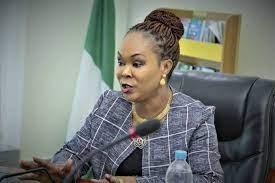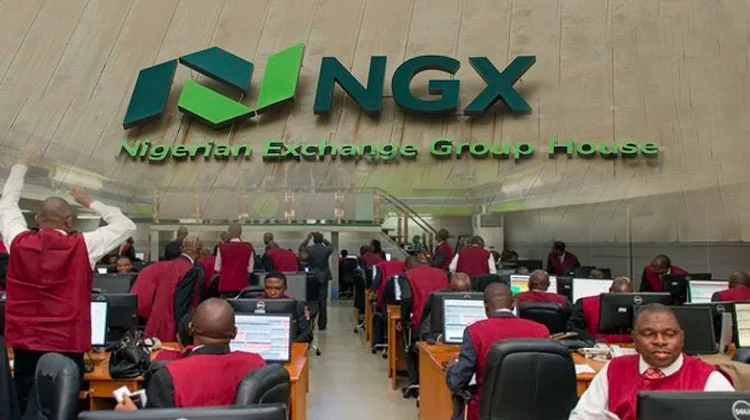
Namibia’s national oil company, NAMCOR, has revealed that the country could produce more than 2.5 million tons of natural gas per year based on early-stage evaluations of recent hydrocarbon discoveries since 2022.
Speaking at a panel on gas monetisation strategies during the Namibia International Energy Conference on April 24, Mtundeni Ndafyaalako, Executive of Upstream Development & Production at NAMCOR, outlined the corporation’s two-pronged strategy for gas development.
The first approach focuses on optimizing the legislative environment to support the development of coordinated infrastructure and to promote greater collaboration among operators. The second aims to intensify exploration activities to unlock additional reserves.
“We have launched a gas monetisation strategy project to guide both government and industry on optimal gas commercialisation. Our appraisals give us a clearer picture of our production potential and the broad range of its applications,” Ndafyaalako said. He noted that the strategy is also tailored to attract new players and investors by defining viable monetisation pathways.
Manfriedt Muundjua, Deputy General Manager at BW Kudu, emphasized the importance of embedding local content into the development framework. He identified four key pillars: training, skills transfer, local procurement, and local ownership.
“At BW Kudu, we’re placing Namibian interns in every technical role currently held by foreign staff, ensuring a long-term investment in local expertise,” Muundjua explained. He also highlighted the urgent need for downstream investment, revealing that a downstream partner is already lined up to join the Kudu project once production begins. Additional drilling is set to commence in October.
Paul Eardley-Taylor, Standard Bank’s Head of Oil & Gas Coverage for Southern Africa, advocated for the development of “shadow infrastructure” in southern Namibia, potentially led by public-private partnerships, to tackle persistent energy shortages using gas as a transition fuel. He also suggested that oil revenues should be reinvested in gas infrastructure to boost domestic energy markets.
Eardley-Taylor further pointed out that Namibia is positioned to take on the role of a regional energy supplier, a position once dominated by South Africa, especially given the high demand from mineral projects for reliable power supply.
Ian Thom, Research Director for Upstream at Wood Mackenzie, expressed confidence that Namibia could roll out a full Gas Master Plan within nine months. He highlighted that with only 59% of the population connected to the national electricity grid, the use of gas could drastically enhance energy access across various sectors.
“Exporting electricity generated from gas could yield more value than exporting the raw resource itself, particularly considering the high infrastructure costs of direct gas exports,” Thom noted.
Namibia’s gas ambitions will be in the spotlight at the upcoming African Energy Week (AEW) conference, scheduled for September 29 to October 3, 2025, in Cape Town. The event will feature high-level discussions, project showcases, and investment opportunities across Africa’s energy landscape offering Namibia a platform to connect its gas potential with global capital.





